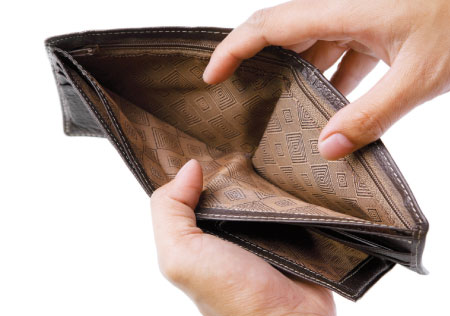Although streaming services have rapidly become the main source of music for many individuals, having risen above the ashes of both physical album sales and digital downloads, there remains some question over whether a $10 a month price tag is simply too much for the average consumer to pay.
It’s no shocker that streaming is quickly becoming the go-to for how many people access music. CD sales drop every year, as do digital downloads of singles, and though vinyl shipments have been rising for some time, they aren’t filling the gap left behind by the millions of albums that go unsold. This is generally thought of as a good thing for the consumer (if not so much for artists), but if that’s the case, why aren’t people running out to sign up for streaming services, which offer almost all of recorded music? One answer is that there are plenty of free options…but that’s not all there is to it.
Most streaming services keep their price fairly low—Spotify, Apple AAPL -5.66% Music, and Tidal have all set the bar at $9.99 per month—which, considering what comes with that subscription fee, isn’t actually too bad. That may be the case, but for many people, it’s still more than they want to pay. The IFPI (International Federation of the Phonographic Industry) reports that at the height of the music business in 1999, the average music-buying person in the world spent around $64 on recorded music per year. Re/code points out that the $64 figure is only taking into account those who actually bought music. When adding in the millions of adults who never contributed a dime to the industry, that figure goes down to a surprising $28 per person.
That $64 figure was at a time when people had to spend a premium to get the music they wanted. There was no iTunes, and even singles could cost several dollars. If a person was a fan of a certain artist, they were much more likely to rush out and purchase the album before the creation of digital downloads and online piracy. Now that we’ve gone to the end of the spectrum where songs were $0.99 and nobody needed to purchase an album, it’s tough to convince many to fork over $120 a year—twice what they were paying just a decade and a half ago.
The majority of people who do use streaming—which itself is still a relative minority, when taking into account all of those around the world who are willing to spend money on music—are taking part in free tiers. Even a behemoth like Spotify has only managed to turn about 20% of their users into paying customers, while the rest put up with ads interjected in between songs. It appears that no matter what they are being offered, or at least what they’ve been offered so far, the public has spoken, and there is a ceiling that they don’t want to pass when it comes to what they’ll spend on music.
The solution here isn’t easy either, as lowering the price of a monthly subscription is really no solution at all. That might entice a few more people to sign up, but everybody—artists, songwriters, producers, record labels, publishers, and not to mention the streaming services themselves—would all get screwed in the process.


